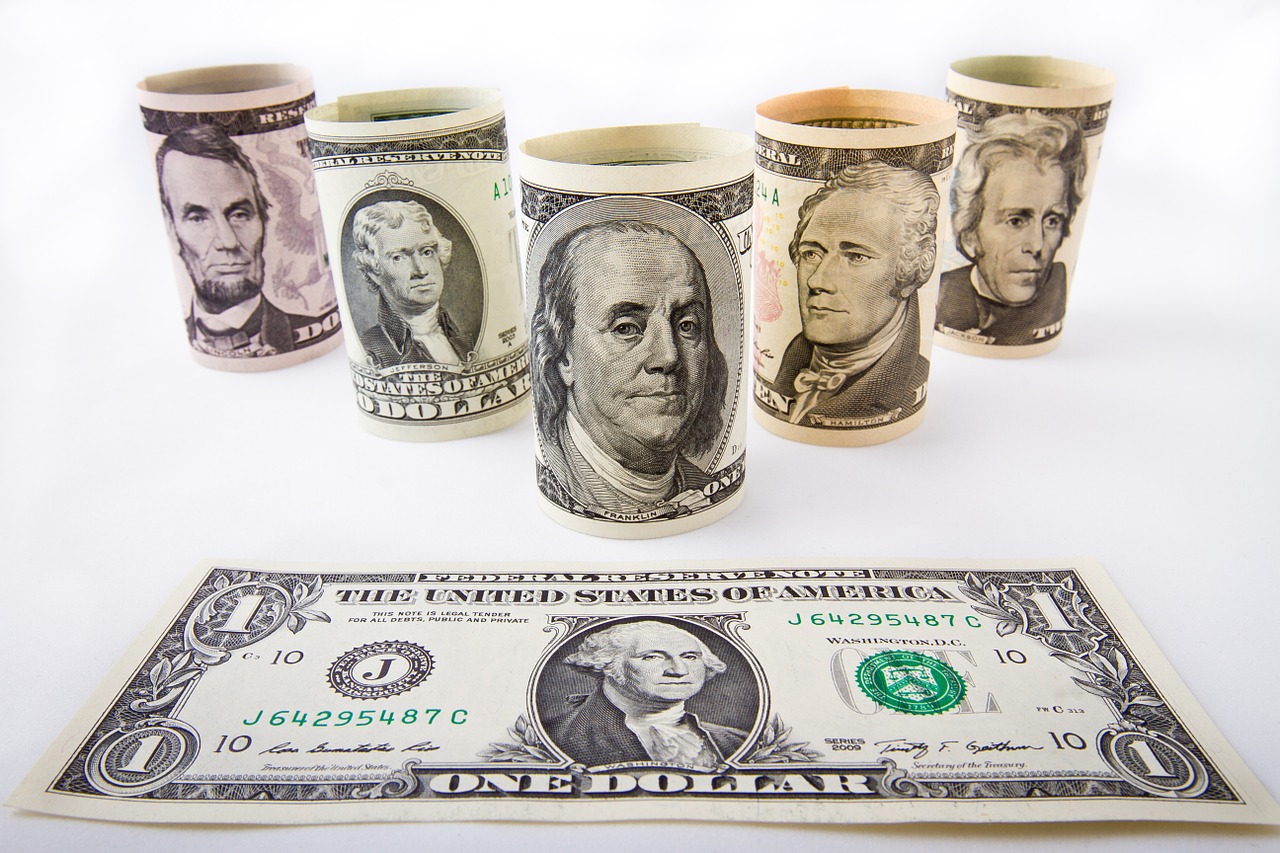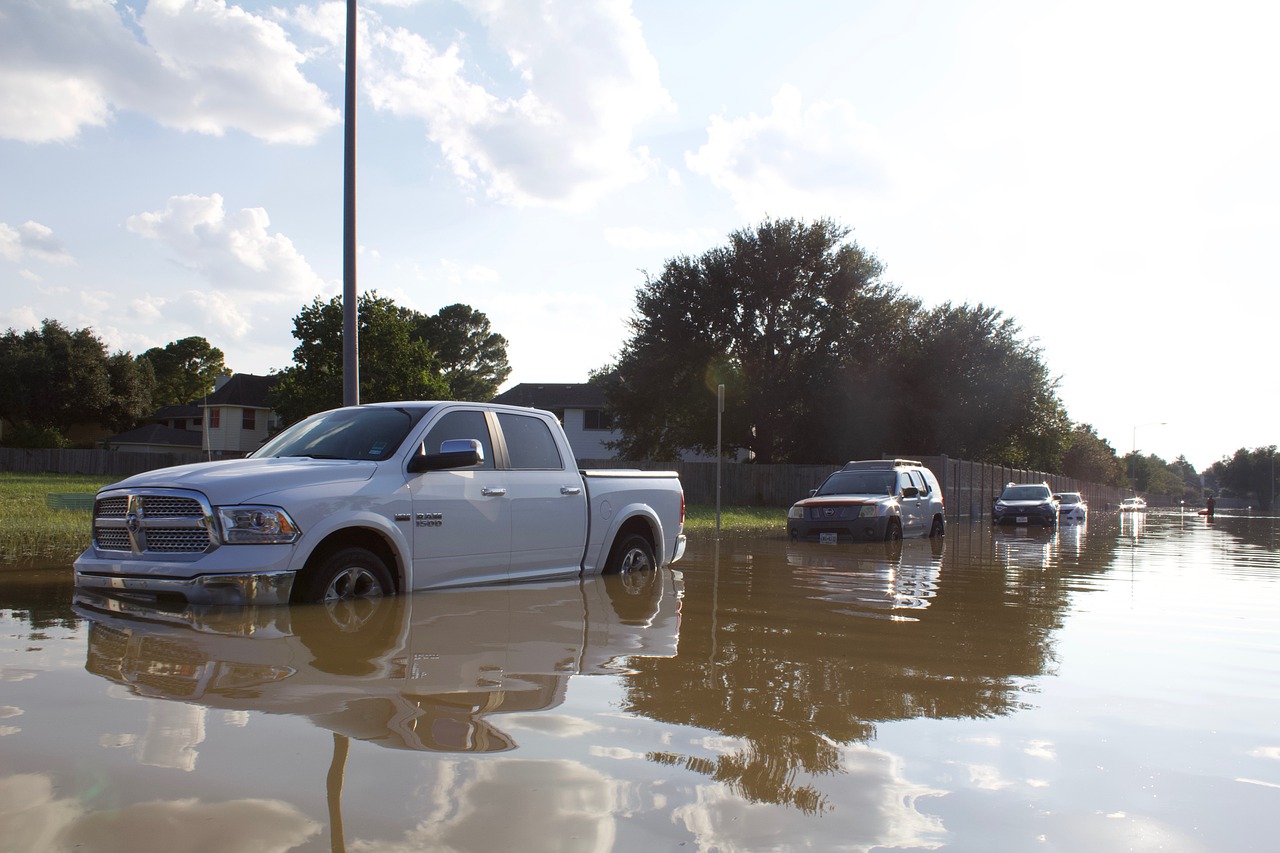You’ve probably heard of several cleaning hacks and tips over the years. Many of them are “old wives’ tales” that have been around for centuries but have since evolved. But they aren’t always safe; many contain misinformation or fake “hacks” designed by people who are more interested in showing off what they think works the best.
A handful of these “tried and true” options even carry hidden dangers. Here are a few cleaning tips that can result in more harm than good.
Wine Vs. Wine
This cleaning hack has been around since the 1970s. It suggests using white wine to clean up a red wine spill.
BUSTED! Not only does it not work, but using this hack also allows the wine to stay on and saturate the surrounding area further. This leads to permanent damage, making it harder to clean up as well.
Instead, try blotting the stain with an absorbent microfiber towel. Add a tablespoon of white vinegar and a small amount of dishwashing liquid to a cup of water to dilute the area. Continue blotting until the stain is gone.
Bleach for Germs
Pros often suggest cleaning every non-porous surface with bleach. While it does kill many germs and disinfects areas, it’s corrosive and can be damaging if used incorrectly.
You probably already know its ability to remove color from clothing, fabrics, non-sealed floors, and countertops. But you might not be aware that it can also damage sensitive mucous membranes in the nose, throat, and lungs, triggering respiratory distress and, in severe cases, gastric burns. Use a natural cleaner like vinegar or baking soda and water as a safer alternative.
Scented Cleansers for Odors
Cleaning hacks are going viral on social media; people are fanatical about them. Shows featuring people freshening their homes are helping some hosts rake in more than just clean homes — they’re getting fat paychecks too. One popular viral cleaning hack suggests using perfumes and fabric softeners to scent up a stinky house.
This one does actually work, but it can also be dangerous. Because of unknown ingredients, some chemicals become toxic when warmed. They can also pose serious fire hazards and make pets sick. Only use approved products in your home.
Vinegar and Baking Soda for General Cleaning
The old vinegar and baking soda hack has been around a while, and with plenty of reason, too. While they are still chemicals, they create a natural-based cleanser many people find efficient and effective.
While relatively harmless, it’s what the bubbles come in contact with that can be hazardous. Be a little cautious when pouring this mixture down the drain or in the tub. Watch out for existing cleaner residue that could still be lurking in drains or on countertops. Coming in contact with the wrong solution could damage surfaces and potentially create dangerous chemical reactions.
There are so many products down the cleaning aisle of your favorite store; it’s hard to decide what’s best to buy. Using more natural ingredients may be the way to go, but you should still be careful. Before you spray down your countertops or flick on that fragrance warmer, be sure there are no cross-contaminants or dangerous chemicals involved. It’s time to clean safely as well as effectively.













